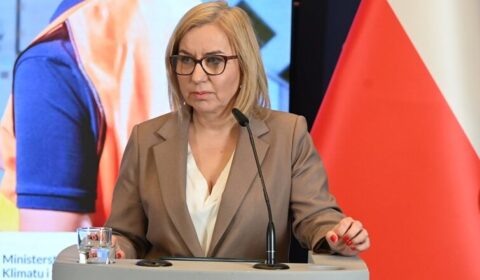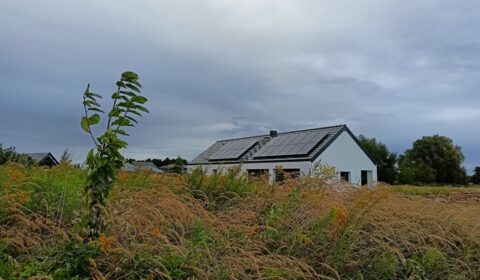https://www.ft.com/content/36faa3ee-603d-11e8-9334-2218e7146b04
Please use the sharing tools found via the email icon at the top of articles. Copying articles to share with others is a breach of FT.com T&Cs and Copyright Policy. Email licensing@ft.com to buy additional rights. Subscribers may share up to 10 or 20 articles per month using the gift article service. More information can be found here.
https://www.ft.com/content/36faa3ee-603d-11e8-9334-2218e7146b04
Siemens Gamesa boosts focus on clean-energy storage Chief of world’s largest wind turbine manufacturer says battery tech ‘missing part’
Siemens Gamesa, the world’s largest wind turbine manufacturer, is boosting its focus on energy storage technology, the latest sign of the growing importance of batteries to extending the reach of wind and solar power. Chief executive Markus Tacke said his aim was to make renewable energy sources available on demand, even when the wind was not blowing and the sun was not shining. “The missing part is storage,” he said in an interview with the Financial Times. “To unlock the potential growth limitations, that is the piece of technology that needs to be developed.” Mr Tacke pointed out that as the cost of wind turbines has come down, it made sense to pair them with solar or storage to create a more consistent source of power. He said Siemens Gamesa was increasing its investment in storage technology. As part of its push, Siemens Gamesa has invested more in batteries and other types of energy storage, including a hot rock plant (where surplus power is retained by heating rocks) that helps provide power for an aluminium smelter in Hamburg. The company is also testing a vanadium redox-flow battery system — a niche technology that some people believe could eventually rival lithium-ion batteries for energy storage — at a research facility in Spain. Siemens Gamesa had a difficult first year after it was created from the merger of Siemens’ wind turbine business with Gamesa, the Spanish turbine maker, and its share price has fallen by almost a third since the deal was completed last April. Mr Tacke, who had been head of Siemens’ wind business, became chief executive of the new company when the merger was completed. A complicated ownership structure, in which Siemens holds a majority stake but does not control the company’s board, has led to disputes over control that have spilled out into the public sphere. Iberdrola, the Spanish utility that was Gamesa’s biggest shareholder before the deal and owns 8 per cent of the combined company, has called for more rights for minority shareholders as well as guarantees that the company’s headquarters remain in Spain. Mr Tacke declined to comment on that conflict. Following the merger, Siemens Gamesa launched a restructuring that included up to 6,000 job cuts and relocating a factory from Denmark to Morocco to cut costs. The company has said its goal is to cut costs by about €2bn by 2020. “Wind is an industry that needs scale to deliver — to leverage research and development costs, to leverage global spread, to leverage suppliers,” said Mr Tacke. “Volume helps to be competitive in the current environment.” He said that more consolidation could be on the way for the wind industry, particularly among tier two and tier three suppliers. Prices for wind turbines have fallen sharply over the past decade, and as margins have become thinner the number of turbine manufacturers has also fallen. Despite global wind installations falling since 2015, according to the Global Wind Energy Council, Mr Tacke said he believed the market would soon return to growth. The market for offshore wind turbines will grow more than twice as quickly as for onshore wind turbines, according to Mr Tacke, who predicted 13 per cent annual growth offshore, and 5 per cent annual growth onshore. Last quarter Siemens Gamesa’s sales fell 29 per cent to €2.2bn, but the company said new orders had been strong.




























































